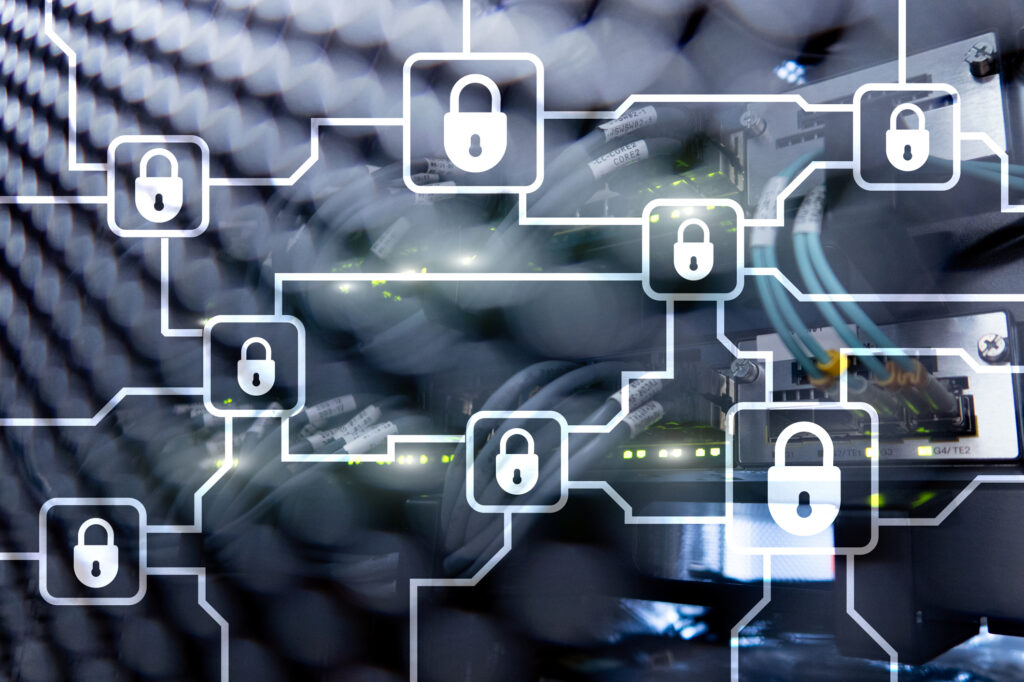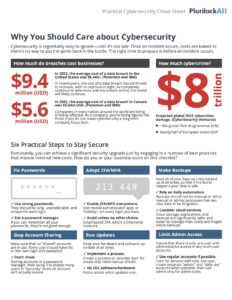In the ever-evolving landscape of cybersecurity, organizations face a constant barrage of threats that seek to compromise sensitive data, disrupt operations, and exploit vulnerabilities. To address these challenges, the Center for Internet Security (CIS) developed the Critical Security Controls (CSC), a set of guidelines and best practices designed to help organizations establish a robust cybersecurity framework. This deep dive will explore what the CIS Critical Security Controls entail, why they matter in today’s cybersecurity landscape, and provide in-depth analysis on their importance.
Understanding the CIS Critical Security Controls
The CIS Critical Security Controls are a set of 20 prioritized cybersecurity measures that offer a roadmap for organizations to improve their cybersecurity posture. Formerly known as the SANS Critical Security Controls, these guidelines are organized into three implementation groups:
- Basic Controls: Fundamental measures that provide a foundation for a strong security posture.
- Foundational Controls: Intermediate-level controls that address common cybersecurity vulnerabilities and threats.
- Organizational Controls: Advanced controls that focus on continuous monitoring, incident response, and security awareness.
Each control is accompanied by detailed implementation guidance, including specific actions, technical details, and metrics for measuring effectiveness. The controls are designed to be flexible and adaptable to different industries and organizational structures, providing a versatile framework for enhancing cybersecurity defenses.
The Significance of CIS Critical Security Controls in Cybersecurity
1. Risk-Based Approach:
One of the key strengths of the CIS Critical Security Controls is their risk-based approach. Rather than adopting a one-size-fits-all model, these controls prioritize security measures based on the severity and prevalence of threats. This risk-based approach allows organizations to focus their resources on addressing the most critical vulnerabilities and risks, thereby maximizing the effectiveness of their cybersecurity efforts. By aligning security measures with real-world threats, organizations can better defend against the most likely and impactful cyber attacks.
2. Comprehensive Coverage:
The CIS Critical Security Controls provide a comprehensive framework that spans a wide range of cybersecurity domains. From asset management to incident response, each control addresses a specific aspect of cybersecurity, ensuring that organizations establish a layered defense strategy. This comprehensive coverage is crucial in an environment where cyber threats manifest in various forms and target different attack vectors. By addressing multiple dimensions of cybersecurity, organizations can create a robust defense posture that mitigates risks across the entire threat landscape.
3. Continuous Improvement:
Cybersecurity is an ongoing process that requires continuous improvement to adapt to evolving threats. The CIS Critical Security Controls emphasize the importance of continuous monitoring, assessment, and improvement. By regularly evaluating and updating security measures, organizations can stay ahead of emerging threats and vulnerabilities. This focus on continuous improvement aligns with the dynamic nature of cybersecurity, ensuring that organizations remain agile and responsive to the ever-changing threat landscape.
4. Alignment with Industry Standards:
The CIS Critical Security Controls align with other prominent cybersecurity frameworks and standards, such as the NIST Cybersecurity Framework and ISO/IEC 27001. This alignment facilitates integration with existing cybersecurity programs and allows organizations to leverage synergies between different frameworks. Consistency with industry standards not only streamlines implementation but also enhances interoperability, making it easier for organizations to demonstrate compliance with regulatory requirements and industry best practices.
5. Measurable Outcomes:
The controls provide specific metrics and assessment criteria for each security measure, allowing organizations to quantify the impact of their cybersecurity efforts. Measurable outcomes are crucial for demonstrating the effectiveness of security controls to stakeholders, including senior management, board members, and regulatory bodies. By tracking and reporting on key metrics, organizations can showcase their commitment to cybersecurity and provide evidence of continuous improvement over time.
In-Depth Analysis of the Importance of CIS Critical Security Controls
Addressing Advanced Persistent Threats (APTs):
Advanced Persistent Threats (APTs) represent a sophisticated and targeted form of cyber attack that poses significant challenges to traditional security measures. The CIS Critical Security Controls address this threat by focusing on advanced controls within the organizational group. Controls such as continuous monitoring, data protection, and incident response are essential components in detecting and mitigating APTs. The emphasis on advanced controls ensures that organizations are equipped to identify and respond to persistent threats that may attempt to evade traditional security measures.
Enhancing Incident Response Capabilities:
Incident response is a critical aspect of cybersecurity, and the CIS Critical Security Controls provide a dedicated focus on this area. Controls such as incident response and management, secure configuration, and email and web browser protections contribute to enhancing an organization’s ability to detect, respond to, and recover from security incidents. This focus on incident response is particularly relevant in the current threat landscape, where the speed and effectiveness of response can significantly impact the overall impact of a cyber attack.
Mitigating Insider Threats:
Insider threats, whether intentional or unintentional, pose a substantial risk to organizations. The CIS Critical Security Controls address this concern through controls related to user training and awareness, data protection, and access control. By implementing these controls, organizations can reduce the risk of insider threats by promoting a security-conscious culture, protecting sensitive data, and ensuring that individuals have the appropriate level of access based on their roles and responsibilities.
Supporting Cloud Security:
As organizations increasingly migrate to cloud environments, ensuring the security of cloud infrastructure becomes paramount. The CIS Critical Security Controls provide guidance on securing cloud-based assets, including controls related to data protection, asset management, and secure configuration. This ensures that organizations can extend their cybersecurity posture seamlessly into cloud environments, mitigating the unique risks associated with cloud computing.
Facilitating Third-Party Risk Management:
Many organizations rely on third-party vendors and service providers for various aspects of their operations. Managing the cybersecurity risks associated with third parties is a critical consideration. The CIS Critical Security Controls address this by providing controls related to secure configuration, data protection, and continuous monitoring, which can be extended to third-party relationships. This facilitates a comprehensive approach to third-party risk management, ensuring that organizations can assess and mitigate the cybersecurity risks posed by their external partners.
Conclusion
The CIS Critical Security Controls represent a powerful framework for organizations seeking to enhance their cybersecurity posture. Through a risk-based approach, comprehensive coverage, continuous improvement, alignment with industry standards, and measurable outcomes, these controls provide a structured and effective means of addressing the dynamic and evolving threat landscape. By focusing on advanced controls, incident response capabilities, insider threat mitigation, cloud security, and third-party risk management, the controls remain relevant and adaptable to the ever-changing nature of cybersecurity challenges. Organizations that embrace and implement the CIS Critical Security Controls are better positioned to establish a resilient defense posture, mitigate risks, and demonstrate a commitment to cybersecurity excellence in an era where cyber threats continue to escalate in complexity and frequency.











